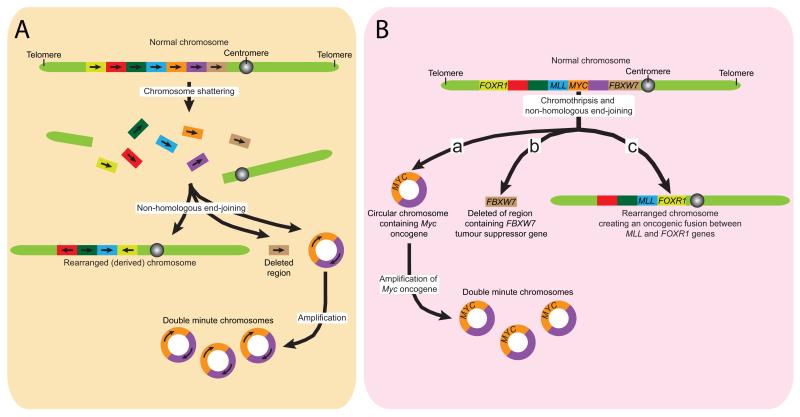Figure 1. Mechanism for the creation of complex chromosomal rearrangements by non-homologous end joining after chromosome shattering.
Chromothripsis results in the shattering of one or a few chromosomes (or a chromosome arm) leading to the simultaneous creation of many double strand breaks. Most of the shattered fragments are stitched back together though Non-Homologous End Joining (NHEJ) leading to chromoanagenesis: the creation of a chromosome with complex, high-localized chromosomal rearrangements. The rearranged chromosome contains two copy number states: a high copy number state for each religated fragment and a low copy number state for fragments not-reincorporated and therefore lost. Broken DNA fragments may also be joined together to form circular, extrachromosomal double minute chromosomes that often harbor oncogenes and are frequently amplified, resulting in a dramatically increased copy number of DNA fragments on these chromosomes.

